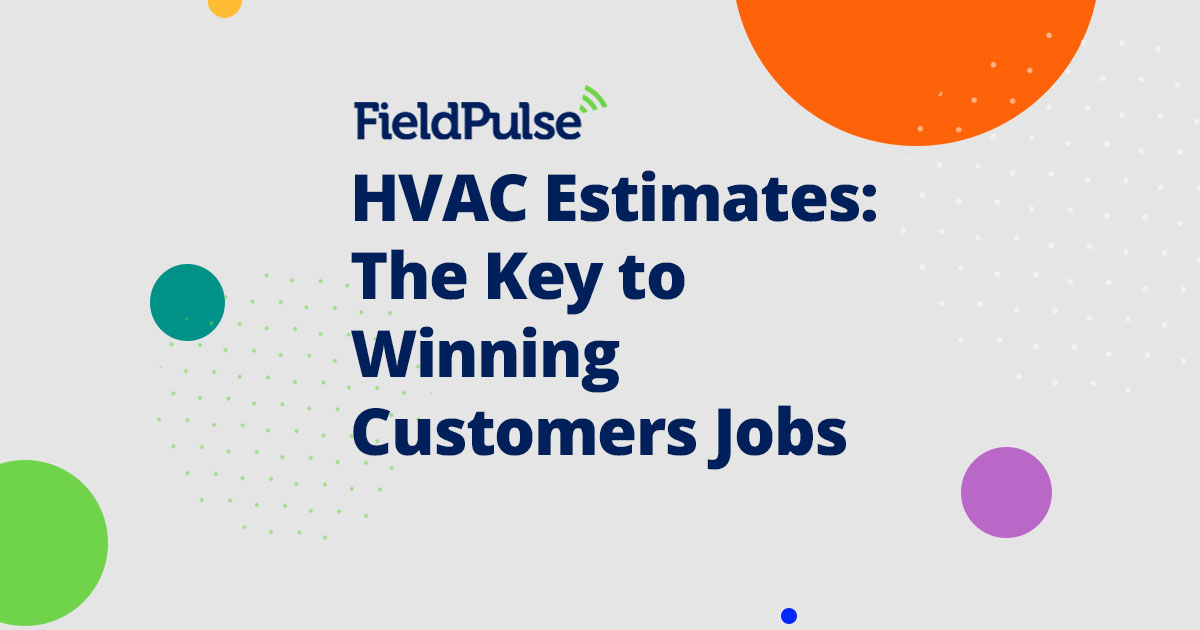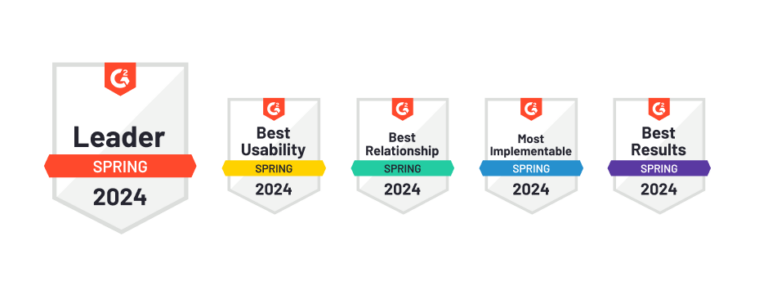Picture it, you’re with your buddies watching football and they ask, “How do you win customers?” or “What’s the best way to win customers?” After thinking about it for a moment, how do you answer?
You might say, top-notch customer service or shining testimonials. And while these answers are all good, they aren’t the best. The best way is through a clear, professional estimate.
High-quality estimates communicate three things that help win customers over: your strong handle on services, your professionalism and your transparency.
But how do you achieve all that in a single document? Below we review everything you need to know to create powerful HVAC estimates.
Benefits of a Professional HVAC Estimate
Customers need more than just a convincing tagline to choose a business. A solid estimate can show that your business is the right choice.
Here are the main benefits of using professional HVAC estimates:
- Establish yourself as a reputable HVAC business
- Showcase your knowledge of your business process
- Stand out from the competition
- Set clear expectations from the beginning
- Minimize future disagreements about cost
- Establish good customer service
- Win and retain more business
It’s that last benefit that really does it — win and retain more customers.
That alone is the best reason to start providing your potential customers with a professional estimate after every call or meeting.
What Should an HVAC Estimate Include?
A quality estimate should answer a customer’s initial questions upfront. Once an estimate has been provided, there should not be much back and forth.
Make sure to also ask all your questions within your opening conversation with a customer. Calling a customer twice or more to walk through forgotten questions will not only waste their time but also give the impression that you don’t have a strong handle on your business.
HVAC Estimate Breakdown:
- Header and Logo — A well-crafted header and logo increases the professionalism of your document and presents you as an established business in the market.
- Job Description — What is the job? What are the problems needing to be fixed? What are your thoughts or input regarding the nature of the job?
- Work Involved — Outlining all the work needed for the job will set up clear expectations between you and the customer.
- Tentative Timeline — What is the approximate timeline of the job? When will the work start, how long will each segment take to complete, when will the job be done, etc.
- Itemized Cost — What is the estimated breakdown of charges for everything you listed in the “work involved” section?
- Estimated Total Cost — Looking at your itemized list, what is the total estimated cost for the project?
- Service Terms — Do you require a down payment before starting work? What is the time duration of the work? What is the expected date for the final payment?
- Contact Information — It’s important to make it easy for customers to contact you. Always be clear and concise with your contact info whether its on your estimate form or on your website.
- Disclaimers — Be sure to remind customers that an estimate is not exact and the final invoice may be slightly different.
There’s no such thing as including “too much” information in your estimate. The more info you give your customer, the more confident they will feel in their decision to choose your business.
The Difference Between an Estimate and an Invoice
As an HVAC professional, you likely know the difference between an estimate and an invoice. Your customers though may not recognize that distinction. To avoid unnecessary confusion, it’s vital to make the differences clear between the two documents.
From a quick glance, the customer should understand the first document they receive before a job is the estimate (a prediction of how the work will play out), while the second one they receive after the job is the invoice (the final statement based on what actually happened).
Here are some great ways to establish the difference:
- Label the document as an “Estimate” or “Invoice”
- In your estimate, make sure each line item has the term or a term equivalent:
- Total Cost → Estimated Total Cost
- Timeline → Tentative Timeline
- Work Involved → Expected Work Involved
- Underneath your estimated total cost, include an asterisk that states this number is subject to change
- In your disclaimer section of the estimate reiterate that this is an estimate and will not necessarily line up exactly with the final invoice
- On the invoice, if there are differences from the estimate (such as work complete or cost), write out explanations for why
Being as straightforward and transparent as possible with the outline of your documents can substantially mitigate any confusion or problems with the final invoice.
Want to make your HVAC invoices as professional as your estimates? Learn more here.
How to Quickly Generate HVAC Estimates
The best way to generate great HVAC estimates is with the use of powerful HVAC estimating software.
Producing hand-written estimates takes, and wastes, too much time. It also opens the door for many human errors — the quickest way to establish yourself as unprofessional.
FieldPulse HVAC software makes it incredibly easy to start providing your customers with professional, electronic documents. On top of that, you don’t have to go back to the office to make the estimate, you can email it to the customer right on the spot during an in-person meeting or while still on the first phone call.
Sound good? Try FieldPulse Free for 14-days!



